Medical Sutures
27 Old Gloucester Street
London
WC1N 3AX
Customer Care:
Email: hello@medicalsutures.co.uk





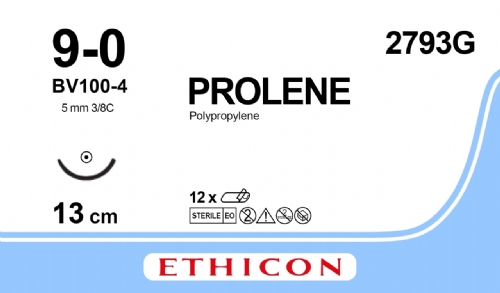
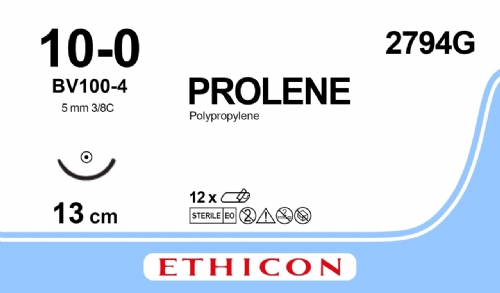
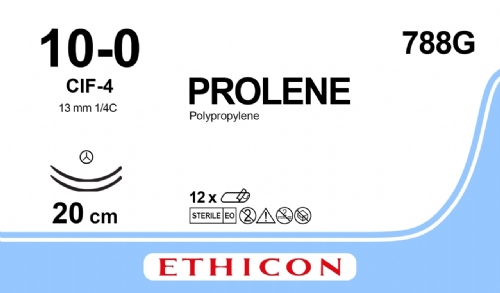
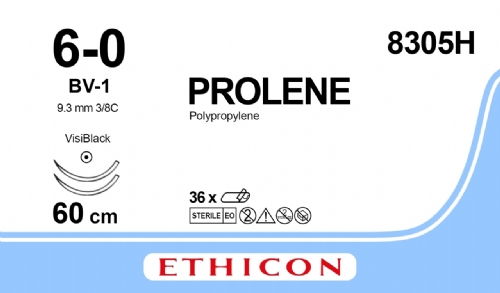




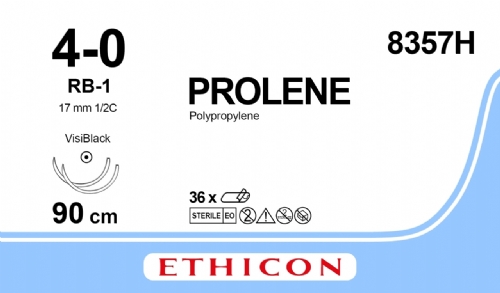
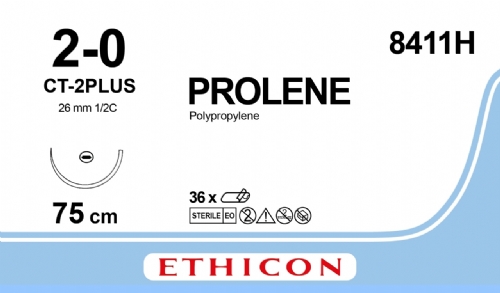
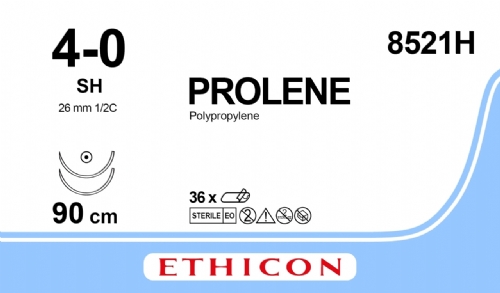

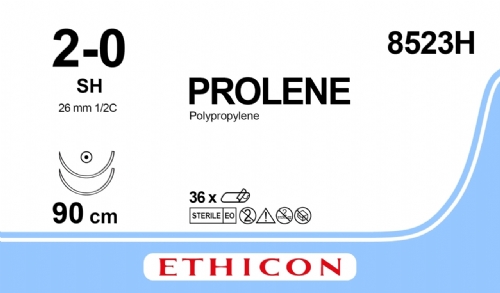




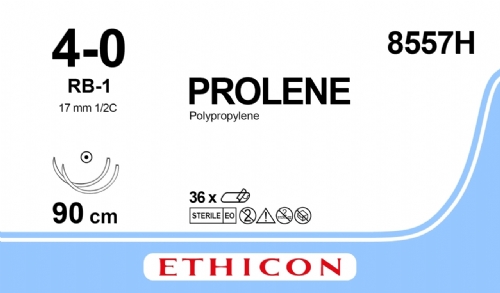

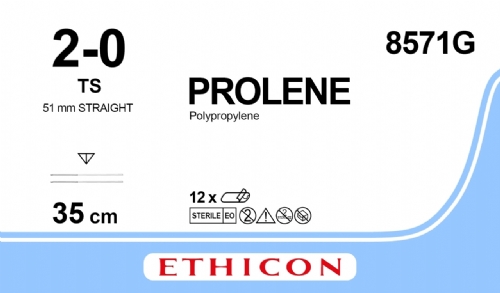
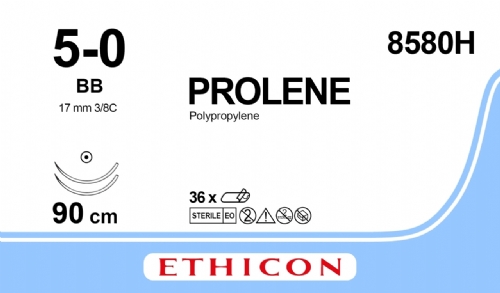
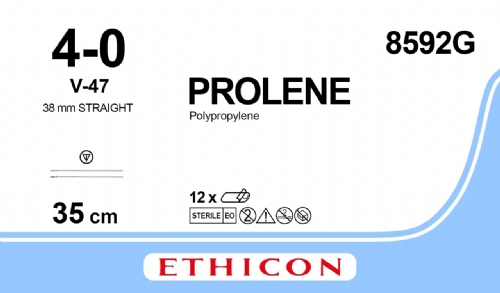
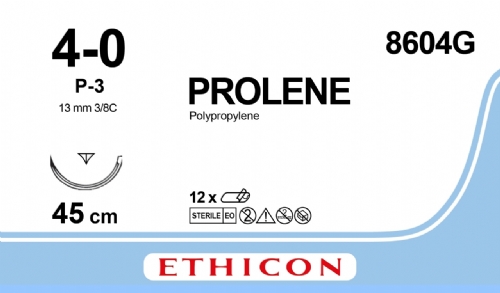

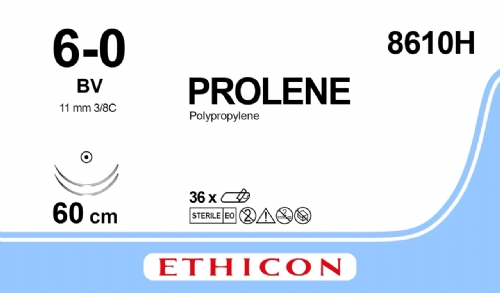


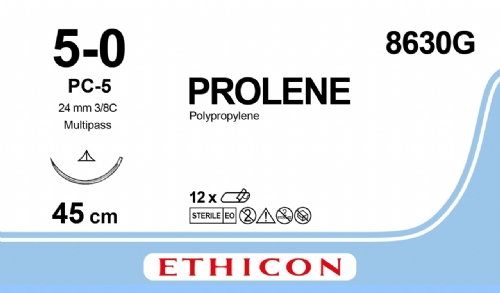



When it comes to sutures, there are countless different types and options available – and considering these could significantly alter your choice of the best type of suture for your needs.
However, if you have been struggling to find the right suture material for your medical needs, we’ve outlined some key things you need to know about the different prolene suture types and properties to help. Hopefully, this will help you find a suitable solution for your own suturing needs.
A History of Prolene Sutures
Prolene sutures are some of the older options for synthetic sterile sutures available on the market today, and they come in several different sizes, types, and the like. Prolene was first introduced in 1969, and it is a specialist polypropylene material – which means that it’s effective for numerous applications as a suture.
Its strength, stretchiness, and durability overall contribute to making prolene suture types some of the most commonly used in modern medicine, even half a century on from its invention. However, prolene sutures can be a little fragile to use, so a delicate hand is always needed to ensure that they are used carefully, accurately, and without damage. A torn suture won’t be much use for wound healing, after all.
Several types of prolene sutures are available on the market, depending on your unique requirements. The main differences between the different prolene types include whether the material is standard or double armed. The different prolene suture types also come in highly variable sizes across the full spectrum.
Key Properties of Prolene Sutures
If you’re trying to determine whether or not prolene might be the right choice of suture for your needs, it is well worth considering the different properties of a prolene suture.
Notably, prolene sutures provide excellent durability for long-term suture use. Once the suture is in, it can potentially be left for an extended duration of time to allow more thorough wound healing before the suture is removed. Furthermore, it is well worth considering that prolene sutures are also unreactive with the skin and tend to be very fine, which helps improve the final quality of the surgery and reduce the risk of scarring.
However, before using prolene sutures, you should always keep in mind that they are relatively fragile materials. They also feature high plasticity, which can make them a little trickier to work with.
Generally speaking, prolene sutures are mainly used for a wide range of requirements, including soft tissue repair, cardiovascular and ophthalmic support, neurological operations, and the like. It may also be used in cosmetic surgery, in some cases.
What Colour are Prolene Sutures?
Prolene sutures are available in either clear or pigmented colours. The coloured version of a prolene suture is generally blue. This bright colour makes the suture easy to see and identify when it is removed at a later date. Of course, the size will also play a significant role here; for example, a prolene 1-0 suture will look very different from a prolene 10-0 suture.
Is a Prolene Suture Absorbable?
A prolene suture is not generally an absorbable type of suture, which mean that you will need to remove the suture once the healing process is complete manually. However, it is vitally important to recognize here that prolene sutures are not likely to adhere to any areas of injury, allowing the wound to heal normally without having to worry about the suture sticking directly to the skin or muscle. It’s also well worth considering that the non-absorbability of prolene sutures makes them ideal for use with long-term healing applications since they won’t degrade away within a matter of days or weeks.
When removing prolene sutures, you should always take great care to ensure that the newly-healed injury is not jagged or torn accidentally. Indeed, while prolene sutures are often effective for long-term healing and are unlikely to stick to the skin, there is always the risk of manually damaging the delicate healed tissue when removing the sutures.
How Long Will a Prolene Suture Last?
Since prolene suture types are not absorbable, they can last incredibly long, making them a good option for applications that require long-term healing. However, many healthcare providers also use prolene sutures alongside monocryl, the latter providing a short-term healing solution, while the prolene sutures can hang around for a longer duration of time to allow more substantial healing and strengthening of the wound to occur.
What Prolene Suture Sizes are Available
Numerous prolene suture sizes are available, which could significantly influence your decision regarding the most effective type of suture. Of course, no single suture size is right for every application; however, the sizes for prolene sutures can typically range between 10-0 and 2.
This ensures that prolene sutures are incredibly delicate and fine, making them useful for minimising scarring and for very delicate operations (such as plastic surgery). They are also available in a wide array of lengths, depending on your unique requirements for the material.
Of course, it is vitally important to consider that every application will need a slightly different suture length and size. Fortunately, since prolene sutures are not degradable, they can be used for large wounds in many cases – so, longer reels may be necessary to keep your business running cost-effectively.
If you’re looking to buy prolene 30 sutures online, don’t worry – you’re in the right place! Our excellent collection of top-quality prolene suture types is incredibly versatile. This ensures there’s a little something for everyone – no matter what your surgery needs.
So, whether you’re looking for a small reel of prolene sutures for short-term use or a larger, 90cm reel, our experts can help you find the perfect material.
If you’ve been looking for the most effective prolene suture types for your needs, it’s important to consider the different options and properties available. Luckily, since prolene suture types (such as our prolene 1 suture) are so versatile, there’s a little something for everyone – which absolutely contributes to the overall value of prolene as a suture material.
If you still have any further questions about the features of prolene suture types, please don’t hesitate to contact our team here at Medical sutures today. We’ll do our best to ensure you’ve got an ideal solution for your own medical needs.
PROLENE Sutures (dyed or undyed) are non-absorbable, sterile surgical suture composed of an isotactic crystalline steroisomer of polypropylene, a synthetic linear polyolefin. The dyed suture is pigmented blue to enhance visibility.
PROLENE Sutures are indicated for use in general soft tissue approximating and/or ligation, including use in cardiovascular, ophthalmic and neurosurgical procedures.
Prolene Sutures Suggestions
The Benefits of Prolene Polypropylene Sutures
There are many different types of sutures, including the prolene polypropylene suture type.
This is a type of synthetic thin or monofilament suture made from manmade materials. It’s commonly used in gentle soft tissue approximation or ligation.
There are many beneficial characteristics when using this type of suture in specific medical procedures.
You’ll want to consult with your medical team on exactly what they need to have on the shelves, but learning more about the different types will also make your job much easier.
What Characteristics Do Prolene Polypropylene Sutures Have?
The prolene polypropylene sutures have some great characteristics that make them better for specific procedures.
They don’t degrade from surrounding tissue activity, and they also keep their tensile strength. These types of sutures are permanent but they do eventually get encapsulated by the surrounding fibrous connective tissues.
They are available in different types, from size 10-0 to size 2. It can be used to secure most types of tissue wounds internally or externally. There are choices of colours too, from clear to dyed blue.
Clear is suitable for leaving the sutures in, while dyed blue is helpful for where the sutures need to be removed. This type of suture is monofilament, meaning that it is composed of a single thread.
This makes the suture slide through much easier, as well as keeping the wound infection-free.
The Prolene sutures are best for plastic surgery, and cardiovascular surgery where it’s important that allergic reactions to the sutures are minimised. They are good for securing wounds that have become infected. They can also be used for long term healing.
They have a high tensile strength so they won’t disintegrate before the wound has had a chance to heal. They have strong knot security so that it won’t become unfastened even when the patient resume normal movement.
The Prolene sutures do not stick to the tissue. If you do need removable sutures, since this type doesn’t adhere to the wound, they are also ideal for pull-out sutures too.
Where to Find Reasonable Prolene Polypropylene Suture Prices?
If you’re searching online for the best prolene polypropylene suture prices then we’ve just saved you a lot of time and budget.
You can find the prolene polypropylene suture for sale here on our site, as well as dozens of other effective medical sutures, and other types of medical and healthcare supplies.
Most orders ship to within the UK in three days’ time. We do ship outside of the UK too, so please visit our Shipping page to learn more information.
Stock up now on the prolene polypropylene sutures. Now that hospitals have resumed their full operative schedules, it’s going to get a lot busier to work through the backlog of surgical procedures.
Soon your hospital administration job will be a lot easier when you know that you have ordered all your hospital supplies and medical sutures from a reliable UK supplier!
Avoid further delays by fully stocking up on medical sutures now.